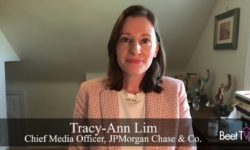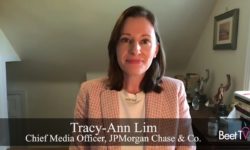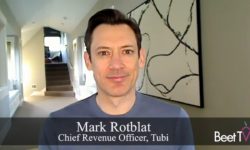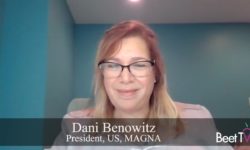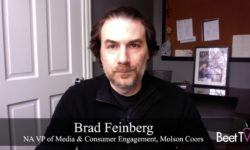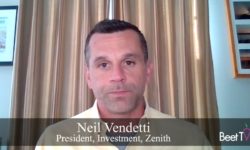In the detritus left by the crumbling of classic digital audience identifiers like cookies and mobile signals, a plethora of tech companies and publishers alike has been building up identity technology of its own.
An ‘identity’ graph is the collection of data points from disparate devices that, when pieced together, add up to indicate a single person’s holistic media behavior.
For a while, identity graphs were part of the ad-tech arms race, a competitive differentiator for whomever had the best identity databases and the means to connect them. But that is changing.
Identity across walls
“It used to be more associated within a particular walled garden,” says Ed Davis, chief product officer of OpenAP, in this video interview with Beet.TV.
“(People said:) ‘We have the best mouse trap. So come in and in for a penny in for a pound.’
“What I like is this new dynamic that’s emerging, where the actual ID graphs, or the identity that people are building up within their companies, becomes an opportunity to collaborate with other companies.”
Open odyssey
Launched three years ago, OpenAP first aimed to harmonize the meta data descriptions used by a variety of TV broadcasters in order to make selling more scaleable.
Then it made a step-change by launching an actual marketplace through which ad buyers can purchase data-driven TV ads across those networks from OpenAP itself, or else through buying platforms with OpenAP integrations.
A recent update added workflow automation and guaranteed “audience delivery” for cross-platform campaigns, and a later cross-platform initiative mark OpenAP’s own foray in to a space that is consuming everyone in advertising – multi-channel identity graphs.
Connecting it up
Davis thinks the new interconnection of identity graphs is the game-changer.
“What I get excited about is that people are trying to figure out ways to use their various notions of identity to work together instead of a differentiator to try to amass all of the market share around a whole part of our space,” he says.
“It’s really become a way to connect easily, which I think is very productive.
“Having everything start with the audience is important to us because, if all of your downstream audience expressions for targeting a campaign are based off of a single initial activation that the buyer is comfortable with, that unlocks the ability to do cross-platform planning.”
You are watching “Optimizing a Rapidly Converging TV & Video Marketplace: What’s Next,” a Beet.TV leadership series presented by Amobee. For more videos, please visit this page.






